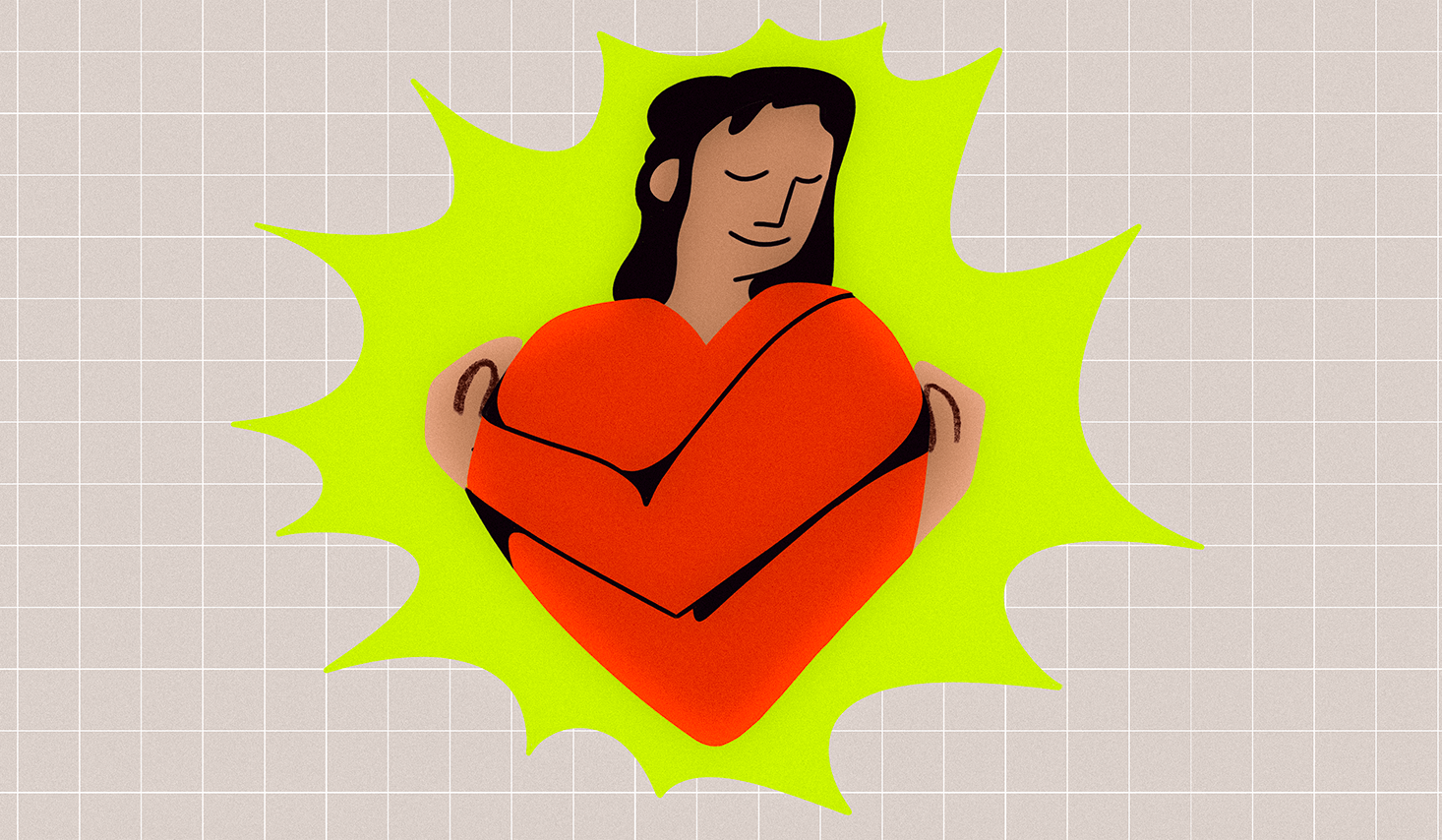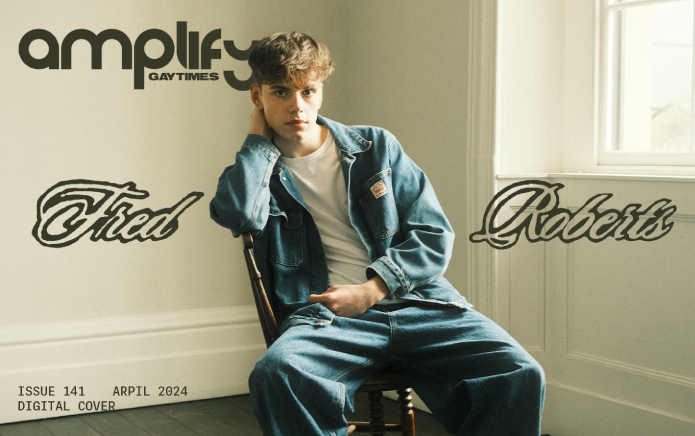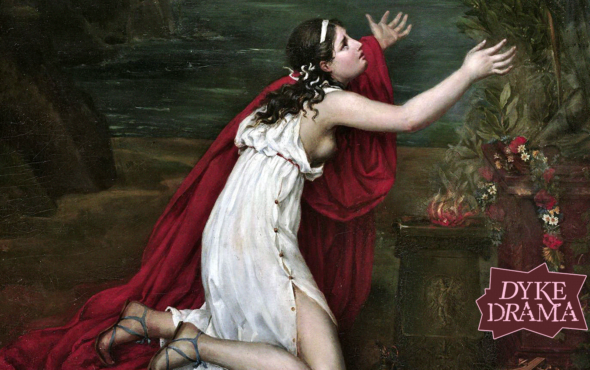
Valentine’s Day is now officially, thankfully in the rearview mirror, leaving a landfill of plastic-wrapped roses and discount chocolates in its wake. But while many of us have dealt with the drama of last-minute restaurant reservations and hastily scribbled cards, it’s time to reckon with the day’s ideological baggage. Namely, the way that Valentine’s Day reduces the idea of love to a one-size-fits-all experience that doesn’t include everyone – particularly individuals on the aromantic spectrum.
If you didn’t know about aromanticism, well, now’s your chance to brush up on LGBTQIA+ labels, especially with Aromantic Spectrum Awareness Week around the corner. The significance of this visibility week is amplified by where it falls in the calendar – occurring in the first full week, starting on the Sunday, after Valentine’s Day. This year, it’s being celebrated from 18 February to 24 February and serves as an opportunity for aromantic folk to represent their identities and celebrate their unique experiences.
Aromanticism encompasses a broad spectrum of identities with one point in common: an experience of romantic attraction which differs from the stereotyped representations we might see in broader society and mainstream media. The nuanced ways that people on the aromantic spectrum are articulating their identities can help us reconsider our broader understanding of love and question our social compulsion to prioritise romantic love above all else.
For example, those who identify as aroflux experience their romantic orientation to varying degrees – which can result in experiencing or not experiencing romantic attraction. Meanwhile, folk who identify as bellusromantic, who are part of the aromantic spectrum, tend to experience romance without wanting a relationship. These identities offer alternative insights into how LGBTQIA+ people forge connections outside of the cisheteronormative mainstream.
For asexual activist Yasmin Benoit, 27, who identifies as aromantic-asexual, Valentine’s Day tends to overlook the aromantic community, suggesting that, without normative romantic love, people’s lives are lacking. “It can be an alienating time for aromantic people, as you’re constantly receiving the message that romantic love is the pinnacle of human connection and an essential life experience, as is having a romantic partner,” she says. “That rhetoric can be harmful for everyone, inside or outside of the community.”
It can be an alienating time for aromantic people, as you’re constantly receiving the message that romantic love is the pinnacle of human connection
But as Benoit notes, love can take many forms which are all equally important. “Aromanticism is often left out of most conversations because romantic love is prioritised above all others, including when speaking about queer relationships,” Benoit elaborates. “There’s more to love than having a partner, and not all partners are romantic or sexual partners. Platonic love is equally as valid, and shouldn’t Valentine’s be about celebrating all kinds of love?”
When it comes to greater inclusion of the aromantic community, one of the stumbling blocks is a lack of awareness – and imagination – around what relationships can look like for them. As Shae Harmon, the founder of Shae Queer Therapy and an aro-ace-affirming therapist, explains, “It is a wide assumption that [aro] identities don’t have partners or feel love and intimacy – and they absolutely can and do.”
Ultimately, aromanticism exists on a spectrum and there are so many diverse experiences within the community. By learning more about these identities, we can begin to better understand the nuances of human attraction and love. Greyromantic folk, for example, define themselves as experiencing romantic attraction with lesser frequency or intensity – and may not be interested in pursuing romantic relationships. Cupioromantic people, on the other hand, don’t tend to experience romantic attraction – but do desire romantic relationships.
Tyger Songbird, 33, identifies as aromantic-asexual and hopes that amatonormativity – the presumption that monogamous romantic and sexual relationships are the norm – can be addressed within the queer community. “Far too often, asexual people and aromantic people are added as an afterthought instead of as a group in the LGBTQIA+ community,” the activist explains.
Far too often, asexual people and aromantic people are added as an afterthought instead of as a group in the LGBTQIA+ community
Songbird also hopes that platonic relationships are given more visibility and acknowledgement. “Platonic love is often seen as an inferior type of love in relation to romantic love,” he says. “Even in the LGBTQIA+ community, so many people see romantic and sexual love as the only love that truly matters in life which excludes not only aromantic people but also sex-repulsed asexual people like me.”
Anna Jastrzembska from Sweden, 30, identifies as demian (someone who must experience a strong emotional bond before romantic or sexual attraction can be felt), found Valentine’s Day, this year, as an opportunity to fully experience their identity. This year has been about embracing being demi and getting to experience both worlds: an aro life but also unexpectedly falling in love myself.” Much like Aromantic Spectrum Awareness Week, Jastrzembska was able to see how different sexualities can be liberated through visibility and community education.
Ultimately, aro folks aren’t some outlier of the queer community. Rather, they are an integral component – and are pushing forward radical new ways of living, understanding identity and forming relationships. Whether they are engaging in queerplatonic relationships, which are based around emotional commitment rather than romantic attraction, or coining terms like “tertiary attraction”, to describe attractions that sit outside of the romantic or sexual, ace and aro folk are pushing the zeitgeist forward when it comes to love and sex.
“We need to remember that romance is not the end goal for everyone and that’s okay. You don’t need romantic love to have a full and happy life,” Jastrzembska says. “The world is hard enough for queer people and we need to have each other’s backs.”

